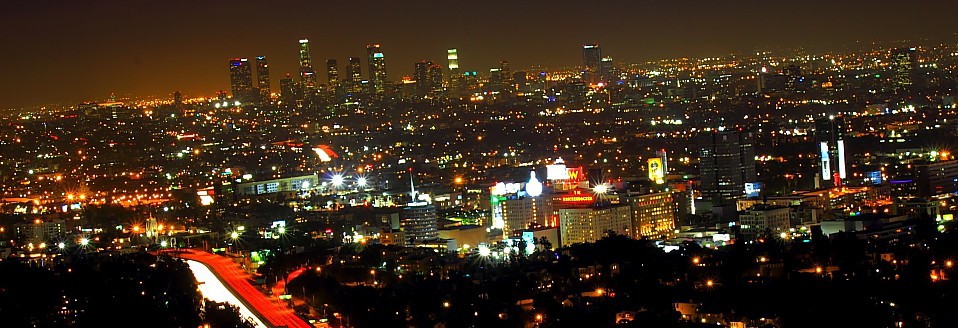
Co-curated by Mika Cho and Liz Gorden, Diverted Destruction #14 @ Cal State LA, was an absolutely riveting exhibition in which magic was made. Can trash become art? Can magic happen from random discarded items? Indeed it can, in the 14th such exhibition, a series of art exhibits that was begun by Gordon and often hosted at her mid-city Loft at Liz’s gallery.

Yes, the art exemplifies the amazing value of recycling, and highlights the global environment, but it’s materials aside, the works here are imaginative, exciting, and diverse. While the show closed at the end of February, a catalog is available for purchase – and well worth keeping, rather than recycling! – and a 15th edition of the Diverted Destruction series, Demolition will be featured at Loft at Liz’s later this year.
Beautifully encompassing a larger space, the CSULA show at the Ronald Silverman Gallery featured the work of seven SoCal artists: Michael Arata, Kate Carvellas, Aaron Kramer, Dave Lovejoy, Vojislav Radovanovic, Anna Stump, and Monica Wyatt.
The invited artists, Cal State LA art students, and the curators collected found materials of all kinds producing sculptural and assemblage work that defied category, each revealing beauty and meaning in the reinvention and reincarnation of destined-for-the-dump objects.





Michael Arata (above) created pure excitement in oranges, yellows, and whites, from a sofa to a protruding wall-bench, a striped dog, picture frames and pillows. The large-scale installation dazzled, revelling in its intensely immersive quality like an animated film come to life.





Kate Carvellas‘ (above) riveting wall and freestanding sculptures vibrated with color in many cases; other works were black and white, resembling planetary objects or relics from a lost city. Utterly unique in form, each work was like a profound puzzle, ready for viewers to put together as their own emotions and visual acuity dictated.





Aaron Kramer (above) offered interactive, whimsical, kinetic works that allowed viewers to touch, spin, and further alchemize his compelling, fantastical mixed media sculptures. The works were a visual art toy box.




Dave Lovejoy’s (above) installations, crafted from cardboard, were large-scale works, highly tactile in nature, reveling in illusionary depth. Utilizing primarily brown cardboard with individual, small, tile-like works of color, his wall work created the sense of walking into a small cozy cabin – in outer space.



Vojislav Radovanovic‘s (above) work spoke of celestial bodies and radiant beings, of stars transcendent and broken, of rising from destruction to reach a destiny of sky. Rich in color, the work spread wide like a hopeful prayer of art.


Anna Stump’s (above) use of recycled metal objects – paint cans, shovels, spatulas and the like – as a canvas for detailed, pastel landscapes shaped a lustrous fairytale, a memory preserved on the past, a dream for the future.




Monica Wyatt’s (above) mysterious, often translucent sculptures resemble stalagmites and stalactites, glowing and crystalline, formed from small bits of circuitry, plastic conductors and the like. Otherworldly, each piece shimmered with light and motion. The shapes also resemble DNA strands and constellations.
Taken as a whole or as works by the individual artists, this exhibition was a celebration of renewal, rebirth, and wonder – the materials of children and trash collectors spun into something entirely special as art.

Along with the artworks, Gordon offered two long buffet tables of found objects for take-home utilization.
If you didn’t see this beautiful series of works live, look for the catalog, and support these artists as they work toward saving the planet – through art.
- Genie Davis; photos, Genie Davis















































































